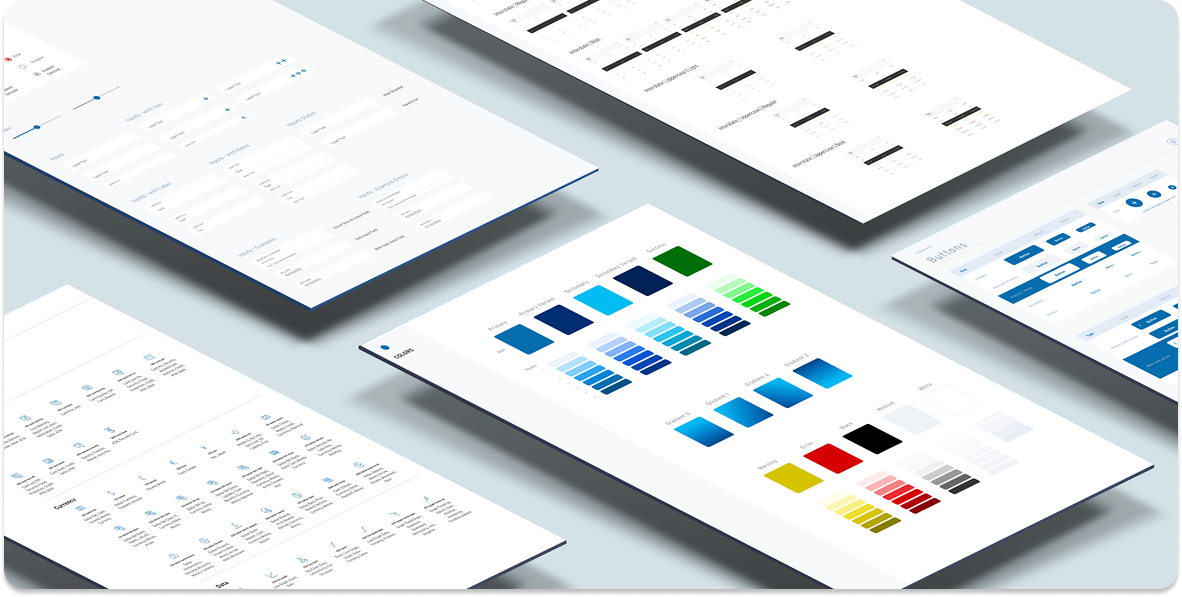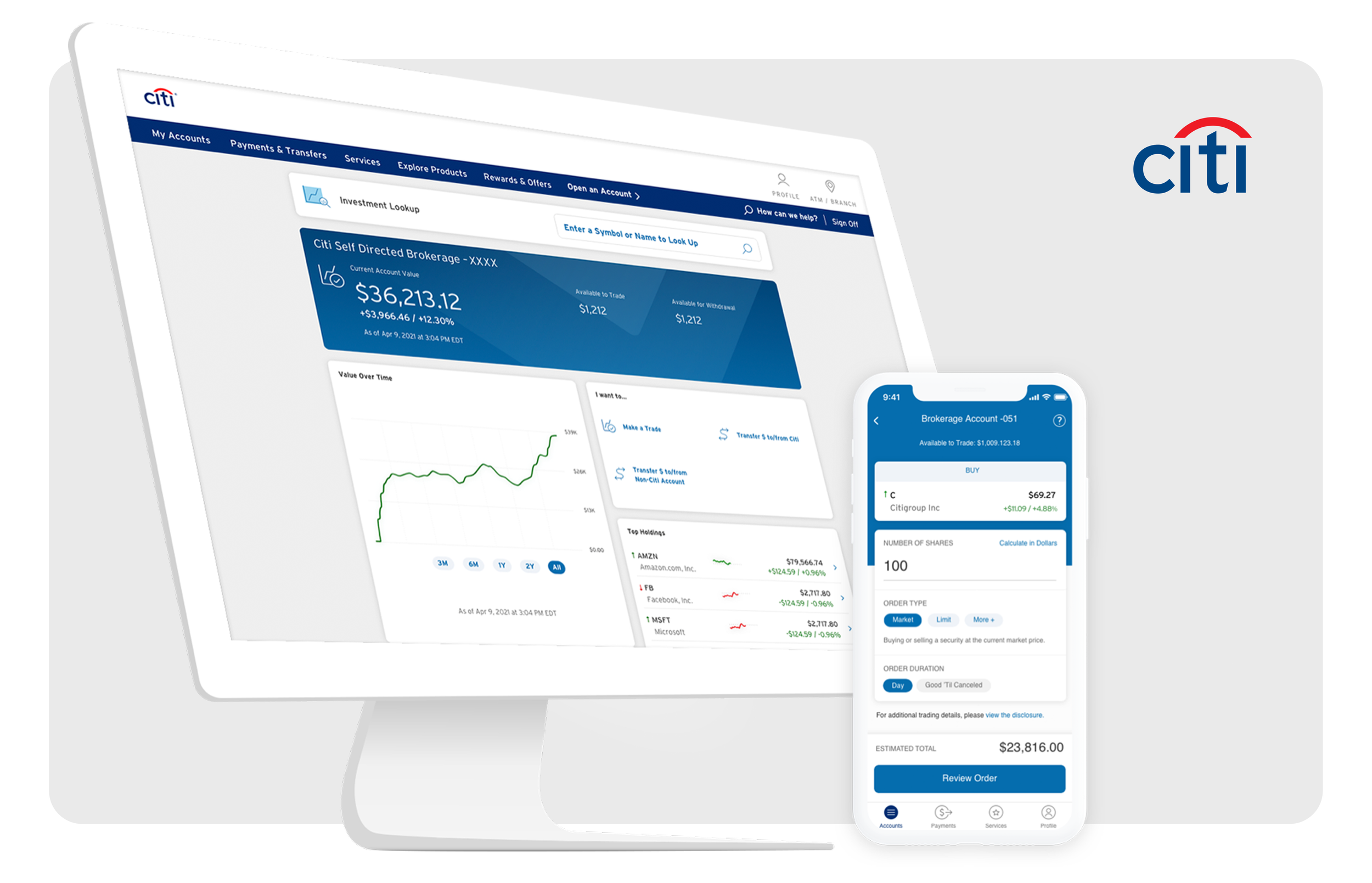
Scaling an Enterprise Design System
My Role: Head of Personal Banking Design Sector: Internal | Citi Digital Design Language
Challenge
Create a new mobile native ADA compliant DS utilizing patterns defined by Apple's Human Interface Guidelines (HIG) and Google's Material Guidelines.
Update the outdated existing web DS to be ADA compliant and address gaps with branding to align across components.
Citi's consumer product line is extensive covering everything from banking and credit cards to mortgage and investments so each part of the system needed to be flexible and incorporate the needs of each lines of business.
Design Principles
Built off of the existing principles to unify across teams and platforms, but these help guide the design, internal teams (product, business, and engineering), and external organizations that would support marketing or other business efforts (agencies, CRM, etc). The principles were were backbone for change, innovation, and process when leading a design system for an enterprise global design team.
Creating a Foundation
The Citi app had grown increasingly fragmented, with multiple product teams introducing custom components and patterns that undermined cohesion. Given that over 70% of our customers use iPhones, addressing this inconsistency was critical. The existing style guide lacked depth and clarity, offering little support for teams to adopt a consistent design approach.
Starting with the foundational elements and other related guides of styles and content we started to shape the cohesive experience across all platforms.
Styles and Segments
Citi’s customer segments are driven visually by color and brand, each having its own DS theme that can tokenized to change between segment quickly and seamlessly.
Flexible Framework - Component Driven
Components are the core of the framework, enabled to be modularized and customized to fit the business need or task. The unique properties enable designers and teams to stay aligned while maintaining consistency and increasing productivity. All components go through a rigorous standards review including ADA compliance thus improving the downstream reviews for go live.
Enabling teams - Documentation & Team
It’s important in a design language the team is enabled with a framework and tools but also with documentation on usage and patterns. A dedicated team promotes and governs the overall usage and evolution while acting as representatives to the rest of the team.
The community is encouraged with regular open house meetings, playbooks, and open libraries. Also, a revolving door of sponsors and champions across teams promotes education and federated representatives.
Designing the Customer Experience
Designing Citi Self Invest required building a fully native, multi-platform experience from the ground up. Achieving platform parity was critical—allowing customers to seamlessly trade, research, track progress, and transfer funds anytime, anywhere. We began with market and consumer research to define our audiences, then created a roadmap that aligned features with both user needs and business goals.
Through rapid prototyping and an agile design process, the team was able to adapt quickly based on feedback while maintaining continuous alignment with internal governance and leadership.
Learnings and Outcomes
Building an enterprise Design System taught us that success depends as much on governance and adoption as on design quality. We learned that flexibility, scalability, and clear communication are critical for meeting the diverse needs of multiple business lines while maintaining consistency. The outcome was not just a unified design language, but a framework that accelerated delivery, reduced design debt, and improved customer experience across platforms. Most importantly, it established design as a strategic partner—enabling teams to innovate while staying aligned to a shared vision.
Related Case Studies
Citi Global Wealth: Building an Investment Suite at Enterprise Scale
How we created the end-to-end design and launch of Citi Wealth’s first consumer investment suite, building a new business from the ground up and establishing a scalable foundation for future growth.



















